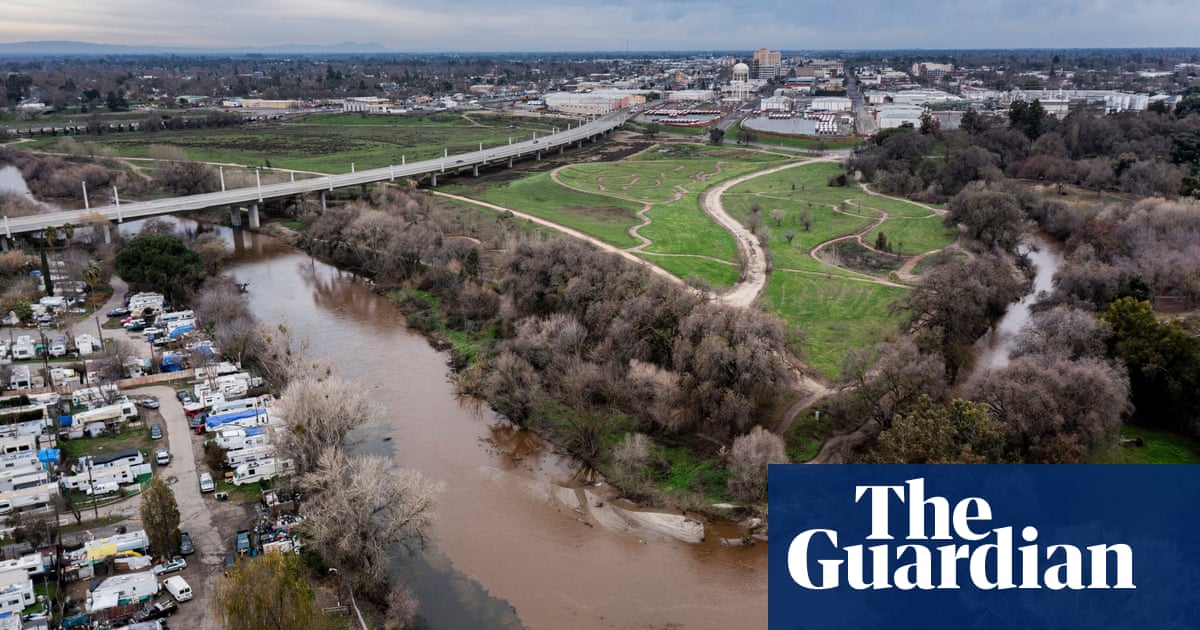
Central America is braced for further storms this weekend as the region reels from the devastation caused by Hurricane Eta, the Red Cross has warned.
Forecasters believe a weather front forming in the Caribbean has a 90% chance of becoming a cyclone, making it the 30th named Atlantic storm of 2020 in a record-breaking hurricane season, shattering the previous worst year of 28 storms in 2005.
“This is a year unlike any other,” said Felipe Del Cid, emergencies operations manager for the International Federation of the Red Cross (IFRC). “Hurricane season has been intense. We have exceeded every record, and now we see this weather moving in from the Caribbean that could become a tropical storm … and make the situation a lot more severe than it already is.”
In the worst-hit countries of Nicaragua, Honduras and Guatemala, 90 people have died and 113 are still missing, with 210,000 evacuated from their homes. On Thursday rescue teams were frantically trying to find missing people before predicted rains hit already waterlogged areas.
“There is a system coming in from almost exactly the same spot as Eta. It’s the last thing the people of this region need,” said Steve McAndrew, deputy director of IFRC in the Americas. “There are still people trapped on rooftops; our search and rescue teams are still finding people. The mass flooding is affecting water and sanitation. We have reports of people resorting to drinking salt water.”
Communities living along the Caribbean coast including the Miskito and Garifuna people have been heavily affected, trapped between winds and floods whipping inland as landslides rushed downhill. “Some communities may never recover,” said McAndrew.
The region is facing a triple threat of extreme weather, mass migration caused by economic instability and violence, and Covid-19.
Volunteers have been handing out masks and hand sanitiser, but with hundreds of thousands of people crowding into shelters, and water supplies and sanitation badly hit, there are fears coronavirus could spread.
“We have a Covid situation, we have dengue, we have other vectors we are monitoring. Now we are waiting for the development of the next storm,” said Santiago Luengo, from the IFRC in Honduras.
With livelihoods destroyed, and whole neighbourhoods swept away by flooding, the number of people seeking a better life elsewhere was likely to rise, he said.
Eta’s aftermath has been compared to that of 1998’s Hurricane Mitch, the most destructive storm to ever hit Central America, which led to a wave of migration to the US.
“We’re seeing more and more natural disasters and it’s the most vulnerable people who are worst affected”, said McAndrew. “People with the financial means can move out of harm’s way when the hurricanes hit or will have a residence built to better withstand it. This is another reason why people would try for a new life somewhere else.
“The number of people suffering is overwhelming.”












